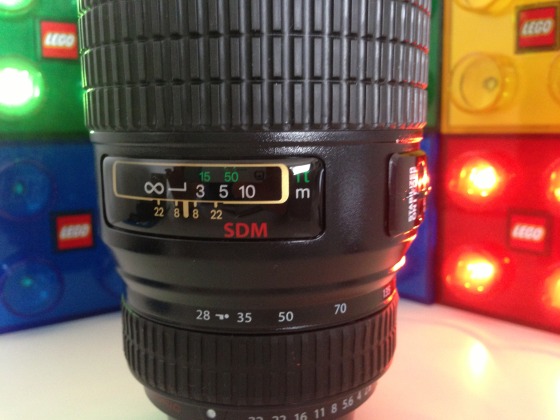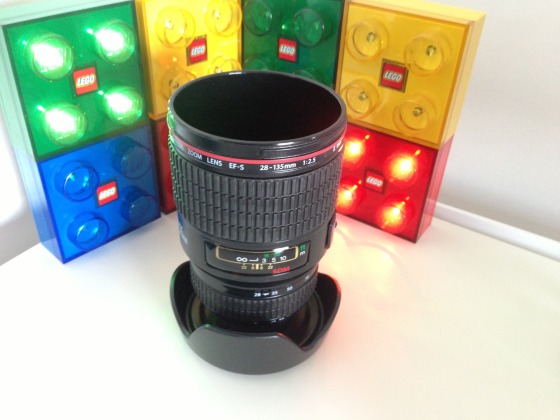 Hoping for some after-the-fact focusing in your next smartphone camera? Well, you'll have to wait around a year, but Toshiba's planning exactly that with a new module that houses an array of 500,000 tiny lenses. Within a 1cm-thick unit, these lenses are layered in front of the camera sensor, which can capture slightly different images from each lens arrangement. Those picture can then be combined in a "complete" picture using Toshiba's own software. Apparently, the camera will also be able to measure the distance between objects in the shot -- similar to how 3D images are captured -- with the user then able to shift focus between close and distant detail, or even create images that are in-focus throughout. Toshiba says the module will also be able to capture video with a similar degree of focus management -- something that Lytro hasn't got around to just yet. The sensor is still a work in progress, but the manufacturer plans to commercialize the module before the end of 2013. Toshiba is looking to ally itself with multiple smartphone (and tablet) makers -- and here's hoping that it finds its way into a device outside of Japan.
Hoping for some after-the-fact focusing in your next smartphone camera? Well, you'll have to wait around a year, but Toshiba's planning exactly that with a new module that houses an array of 500,000 tiny lenses. Within a 1cm-thick unit, these lenses are layered in front of the camera sensor, which can capture slightly different images from each lens arrangement. Those picture can then be combined in a "complete" picture using Toshiba's own software. Apparently, the camera will also be able to measure the distance between objects in the shot -- similar to how 3D images are captured -- with the user then able to shift focus between close and distant detail, or even create images that are in-focus throughout. Toshiba says the module will also be able to capture video with a similar degree of focus management -- something that Lytro hasn't got around to just yet. The sensor is still a work in progress, but the manufacturer plans to commercialize the module before the end of 2013. Toshiba is looking to ally itself with multiple smartphone (and tablet) makers -- and here's hoping that it finds its way into a device outside of Japan.
[Source: Engadget]













